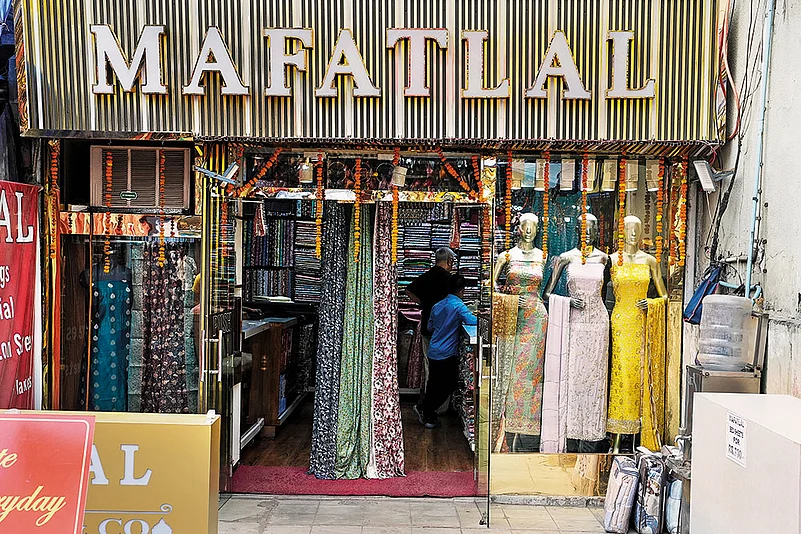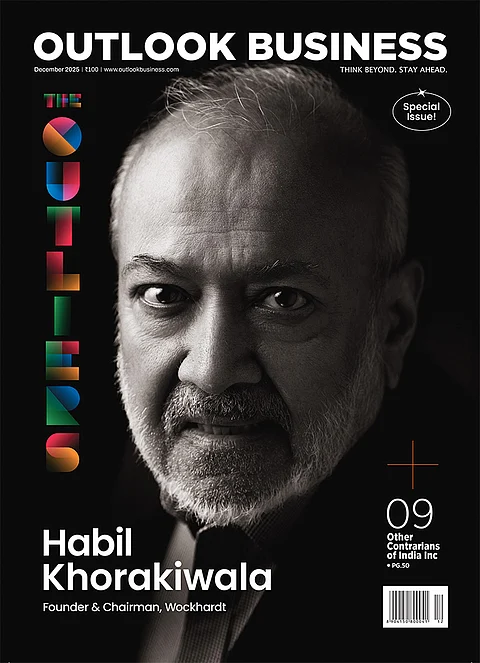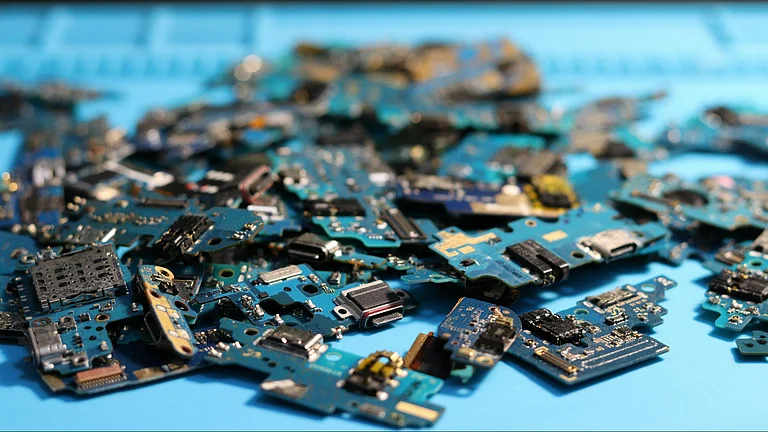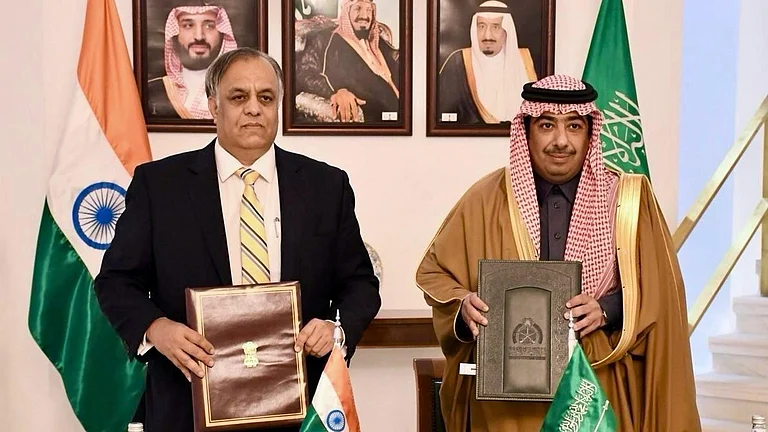In the summers of the 1980s, while his classmates escaped to the hills or beaches, a young Priyavrata Mafatlal found wonder in a very different setting: the heart of his family’s textile mills. Instead of mountain trails or sea waves, it was the scent of cotton and the rhythm of looms that called to him.
He remembers standing wide-eyed beside the machines, watching raw cotton slowly take shape as fabric. “You don’t really understand what’s happening at that age, but it’s mesmerising. The sight of cotton turning into fabric, the rhythmic clatter of those giant looms, the endless movement of threads. Even today, when I visit the plant, that same childlike excitement returns,” says Mafatlal.
Those visits didn’t stop with childhood. Through school and college, he kept coming back, sometimes for small projects, sometimes simply with friends. What began as casual curiosity quietly deepened into commitment to the business. He didn’t realise it then, but the factory floors he explored as a child were already becoming his future workplace.
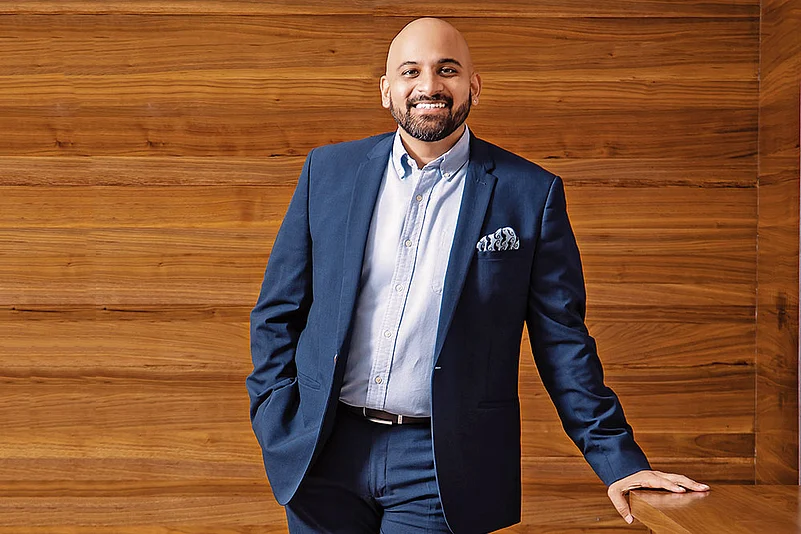
Built Over Generations
The story of Mafatlal Industries dates back to 1905; a time when India was still under colonial rule and textiles was one of the country’s most celebrated industries. From the outset, Mafatlal emerged as a relevant and influential name.
“The sector was vital to the country’s economy and Mafatlal played a significant role in that, from supplying the armed forces during wars to clothing generations of Indians, particularly through school uniforms,” says Mafatlal, the company's managing director. He points out that while branding is a critical pillar of business today, back then it was word of mouth that decided scale and reach.
A family-owned enterprise now in its fifth generation, the company is named after its founder, Mafatlal Gagalbhai. More than a century later, his business instincts, vision and values continue to guide his successors.
The 1950s marked a turning point as the company began diversifying beyond textiles into petrochemicals, plastics and other sectors. Recalling Gagalbhai’s foresight, Priyavrata says that Mafatlal Industries went on to establish one of India’s first petrochemical plants, an ambitious project with an investment of around ₹250 crore, a staggering sum for that era.
And while India officially opened its doors to globalisation in the 1990s, Mafatlal Industries had already begun building international collaborations much earlier, partnering with major European names like the Shell, the energy company and pharmaceutical firm Hoechst.
Looms of Change
Mafatlal began its journey specialising in men’s fabrics: suits, shirts, bottom weights and top weights. “That’s how the entire industry functioned back then: what you manufactured, you sold. It was a straightforward, supply-driven market,” recalls Mafatlal.
However, a major strike in the 1980s dramatically altered the company’s course. The famous Datta Samant Strike, or the 1982 Bombay textile strike, brought the entire textile industry to a standstill and left a lasting impact on Mafatlal.
That period also witnessed the rise of small-scale and cottage industries, the precursors to today’s MSME sector.
The strike involved around 2.5 lakh mill workers across roughly 65 textile mills demanding higher wages, better working conditions and union recognition. Meanwhile, Mafatlal was already contending with aging machinery that required heavy investment and competition from powerlooms and mills.
“Our inherent resilience and values helped us navigate that difficult period. The 1990s marked another turning point as we entered the denim segment becoming one of the first companies in India to do so,” says Mafatlal.
The move into denim came just as India was opening up to globalisation and global fashion influences. For Mafatlal, it proved to be a silver lining amid challenges: the new vertical offered better margins and helped the company move up the value chain from industrial textiles to branded, high-demand fabrics.
Yet the trials did not end there. As the new millennium dawned, the rise of the Internet and subsequently, e-commerce, transformed customer preferences and buying habits. What helped navigate these changes was the company’s decision to anchor itself to its most enduring strength: uniforms.
“We began focusing on our uniform business, a segment we had long been part of. Soon, we noticed a shift. People started preferring branded uniforms. Parents wanted them for schoolchildren and employees expected them at workplaces, unlike earlier when they simply wore what management provided,” says Mafatlal.
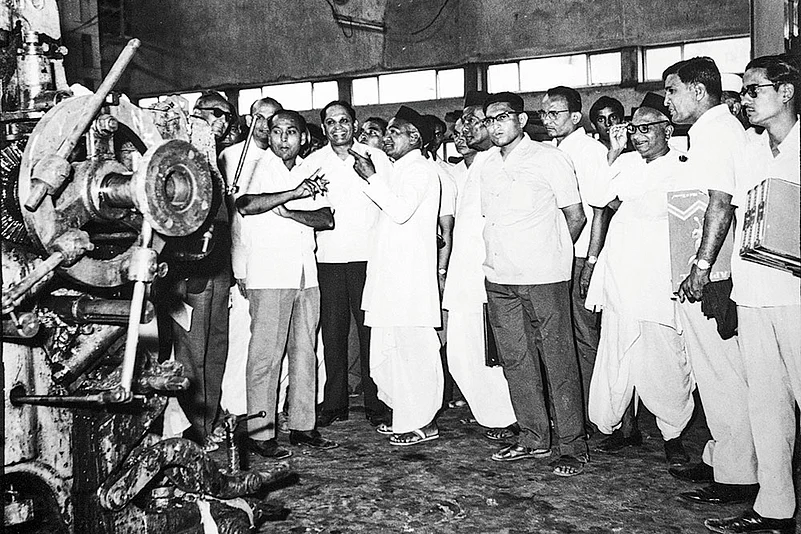
Did digitisation and new-age shopping habits affect growth? “To be very honest, we were a little late to the party, as we were dealing with several other transitions at the time. But I still believe in this business. It will take time before everything moves fully online, if it ever does. Many customers still prefer the old-school way: visiting stores, feeling the fabric, and interacting with people,” he adds.
Scale, however, remained Mafatlal’s biggest strength. With one of the largest dealer networks in the country—1,200 to 1,300 active dealers—the company continued to hold its ground.
Another chapter in the company’s story unfolded during the Covid pandemic, which Mafatlal describes as a “blessing in disguise”. “During the pandemic, we took a step back and questioned everything. For the first time in a hundred years, we had the opportunity to pause and reflect,” he says.
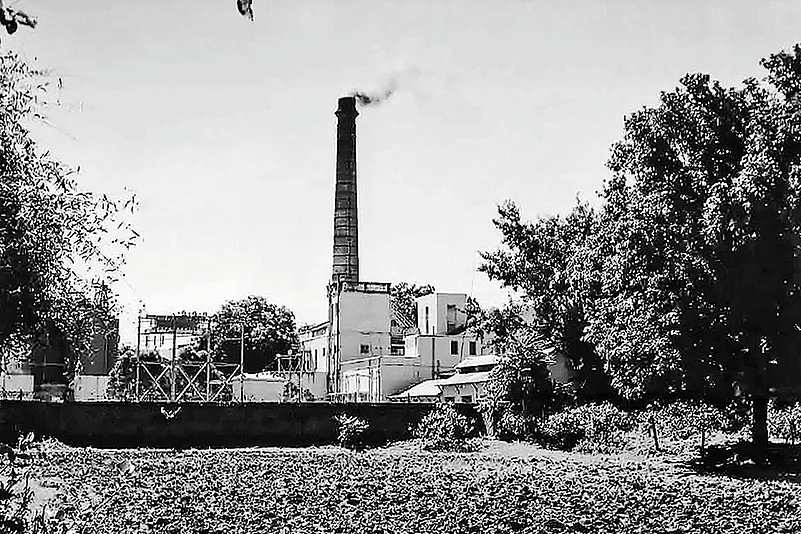
That became a turning point, setting the company on the path towards an asset-light model. Today, Mafatlal works with 30 to 40 MSME partners. “If a partner can deliver the same quality at a competitive cost, why compete with them? Instead, we grow together,” he says.
Despite multiple disruptions, the company has emerged stronger. In 2024–25, Mafatlal reported a total income of ₹2,845.3 crore, a 33% increase over the previous year, with an earnings before interest, taxes, depreciation and amortization (Ebitda) of ₹106.53 crore and a net profit of ₹98.14 crore.
There has been no real impact from the recent US tariffs on operations, as the business remains primarily focused on the domestic market. However, the company sees opportunity in regional uncertainty, including Bangladesh and Sri Lanka, to strengthen its export presence. It has also diversified into the apparel and garments sector, expanding its brand footprint across Europe and West Asia. Further business development efforts are underway in Latin America and Australia.
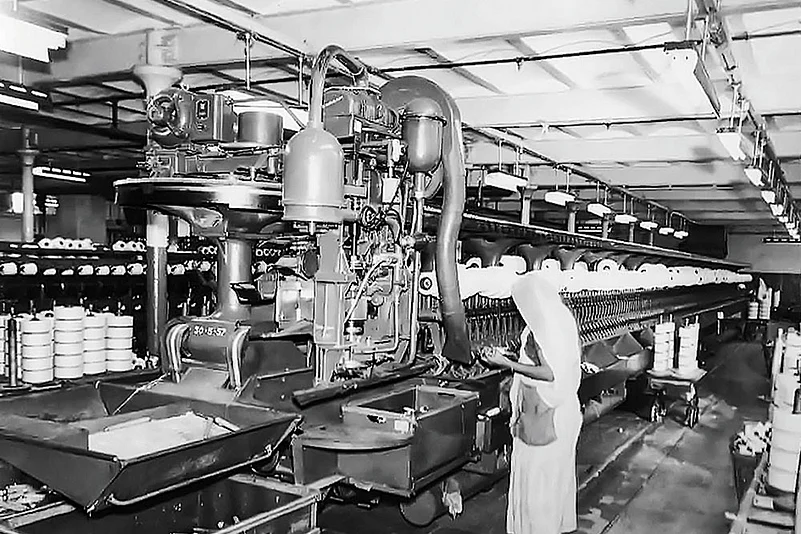
Adapting with the Times
From textiles, Mafatlal has steadily diversified into home furnishings, hygiene products and even personal protective equipment suits during the pandemic.
Mafatlal believes that staying relevant today means constantly adapting; refining products, exploring new markets and evolving sales methods. “But for us, the core remains the same: to serve our customers with pride and ensure they go home happy, knowing they have bought a Mafatlal product. That emotion has not changed,” he says.
Despite its rollercoaster journey, the brand has continued to thrive across five generations. Mafatlal Gagalbhai’s legacy in 1886 has passed from Navinchandra and Arvind Mafatlal to the present leadership of Hrishikesh Arvind Mafatlal and his son, Priyavrata.
Through this lineage, Mafatlal hopes to continue serving the same customer base that his great-great-grandfather began catering to more than a century ago.
In the years ahead, Mafatlal plans to deepen its focus on technology adoption, while keeping its core priorities centered on brand and distribution.
“India’s strength lies in its large middle class, which is a huge advantage for the economy. People in this segment deserve high-quality products from reputable, trusted companies,” he says.




